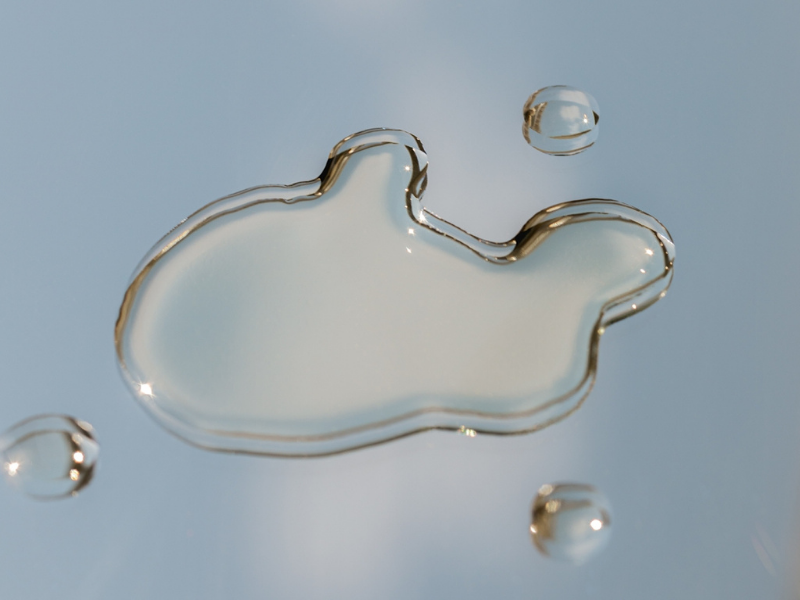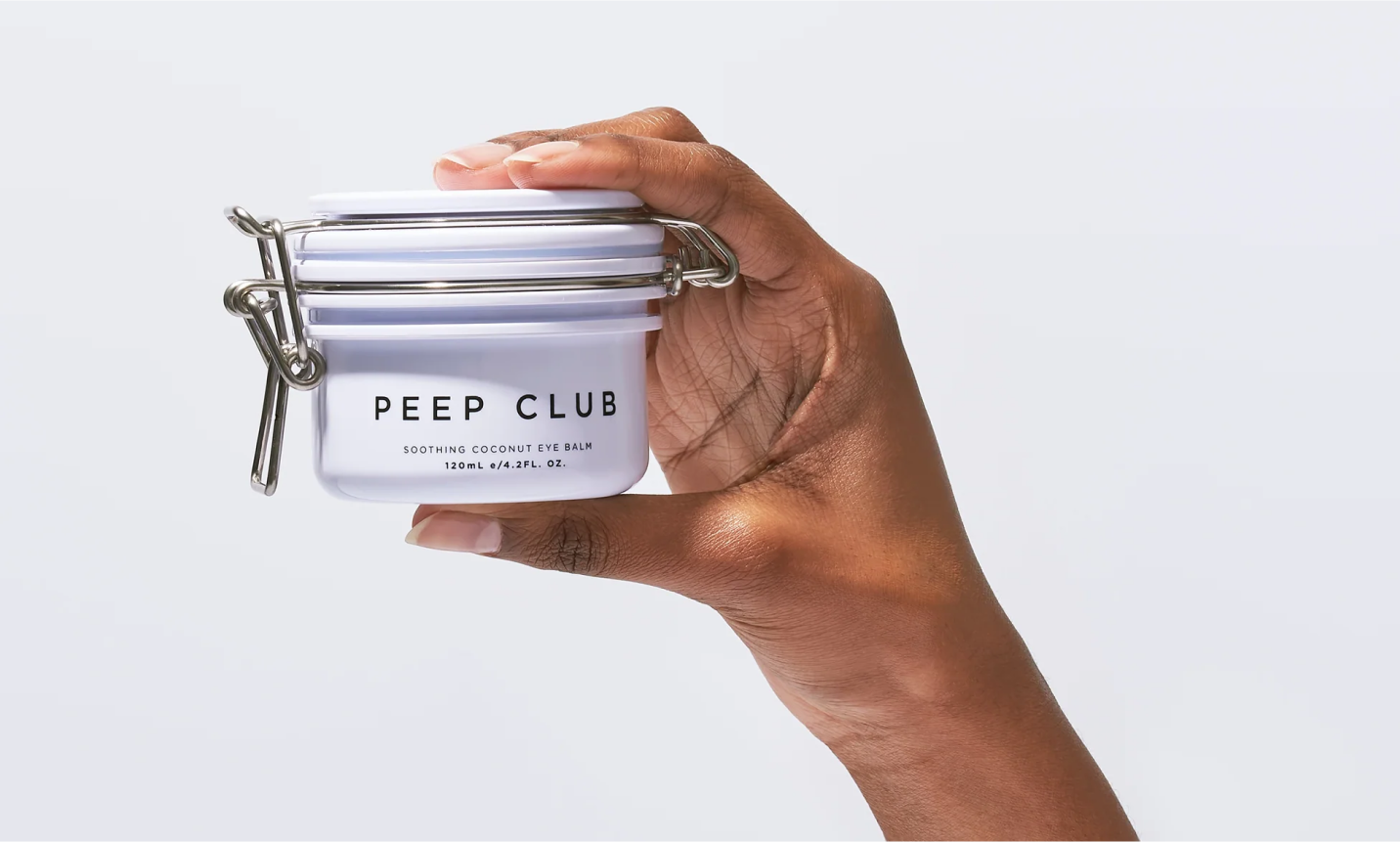
Is Crying Good for Your Eyes? (And how to bounce back..)
Keywords:
- is crying good for your eyes
- does crying hydrate eyes
- benefits of crying for eye health
- crying and dry eyes
- eye hydration from tears
- crying eye care routine
- emotional crying and eye health
- how to reduce puffy eyes after crying
- beauty tips for post-cry face
- eye care after crying
- crying eye puffiness remedies
Is Crying Good for My Eyes? What Science (and Your Eyes) Have to Say
We’ve all had those moments - a sad movie, a rough day, or even a happy cry after good news. But while you’re reaching for the tissues, you might wonder: is crying actually good for your eyes? As a brand that cares deeply about eye health, we’re breaking down the connection between crying and your eyes - from hydration to emotional release.
The Three Types of Tears - and Why They Matter
Not all tears are created equal. According to ophthalmologists, your eyes produce three types of tears:
- Basal tears: These are your everyday “maintenance” tears, keeping the surface of your eye hydrated and nourished.
- Reflex tears: Triggered by irritants (e.g. wind, smoke, onions), flush out debris.
- Emotional tears: Flow when you’re sad, overwhelmed, or even laughing too hard.
Basal tears are the MVP when it comes to long-term eye hydration. Emotional tears? Not so much - but they still serve a surprising role. If you’re curious about the science of tear production and eye lubrication, the American Academy of Ophthalmology offers a comprehensive overview of tear types and their role in eye health.
Does Crying Hydrate Your Eyes?
This is the #1 question we get: does crying hydrate your eyes? Technically, yes - but only temporarily. When you cry, you flood your eyes with emotional or reflex tears. This can relieve temporary dryness, but the effects don’t last long.
In fact, frequent crying can sometimes lead to puffiness or irritation, especially if you rub your eyes or use tissues with rough texture. So while crying may offer a short-term splash of moisture, it’s not a reliable solution for dry eyes.
If you're dealing with chronic dryness, your eyes need consistent, basal tear support - the kind you can encourage with warm compresses, lid massages and by keeping eyelids clean (e.g. with our Heated Eye Wand and Soothing Coconut Balm Wipes)
The Mind-Body-Eye Connection: Emotional Health & Eye Health
There’s more to crying than just saltwater and emotions. Studies show that emotional crying releases stress hormones, which may explain the “cleansed” feeling afterwards.
Lower stress levels can indirectly support eye health too. Chronic stress has been linked to dry eye syndrome and inflammation. So while the tears themselves may not deeply hydrate, the act of crying could still support your overall wellness - including eyes.
When Crying Might Not Be So Helpful for Your Eyes
If you find yourself crying often and struggling with eye symptoms afterward, it’s worth adjusting your eye care routine to offer more protection and recovery. Here are some of the risks to look out for:
- Post-cry dryness: Eyes can feel drier after crying, due to tear evaporation.
- Irritated skin: Salty tears + repeated wiping = irritated eyelids and lashes.
- Contact lens discomfort: Tears can cause lenses to shift, leading to blur.
Peep Club Tip: How to Help Your Eyes Bounce Back After Crying
Your post-cry ritual can make all the difference. Here’s our go-to:
- Use a warm compress to soothe puffiness and stimulate oil production.
- Apply a hydrating eye spray or mist to restore moisture.
- Gently pat around your eyes with a clean, soft cloth (never rub!).
- Finish with a cooling gel or mask if your eyes feel swollen.
How to Look Like You Haven’t Been Crying (Even If You Have)
Plus, whether it’s a last-minute video call or unexpected plans, these tips help you pull yourself together quickly and confidently.
-
Cool It Down
Apply something cold—like a chilled spoon, jade roller, or a cooling eye mask. This reduces puffiness and constricts blood vessels to lessen redness. -
Hydrate Inside and Out
Crying dehydrates both your body and your skin. Drink a glass of water and apply a gentle eye cream with ingredients like hyaluronic acid or aloe vera. -
Use a Soothing Eye Mist
A fine mist calms the skin around your eyes and minimizes inflammation - like our Instant Relief Eye Spray. Keep one in the fridge for extra cooling benefits. -
Conceal Strategically
Use a peach-toned color corrector under your eyes, followed by a brightening concealer. Avoid layering too much, which can draw attention. -
Curl Your Lashes
Skip eyeliner and focus on opening up your eyes with curled lashes and mascara only on your top lashes. This creates a more lifted, awake appearance. -
Bonus: Give It Time
Most puffiness fades within 20 to 30 minutes. Use the time to relax, breathe, and reset before heading back into the world.
Explore our expert-designed tools for dry eye relief and emotional eye comfort here.
Sign up to our newsletter for regular tips your eyes will love. 👁️💌

